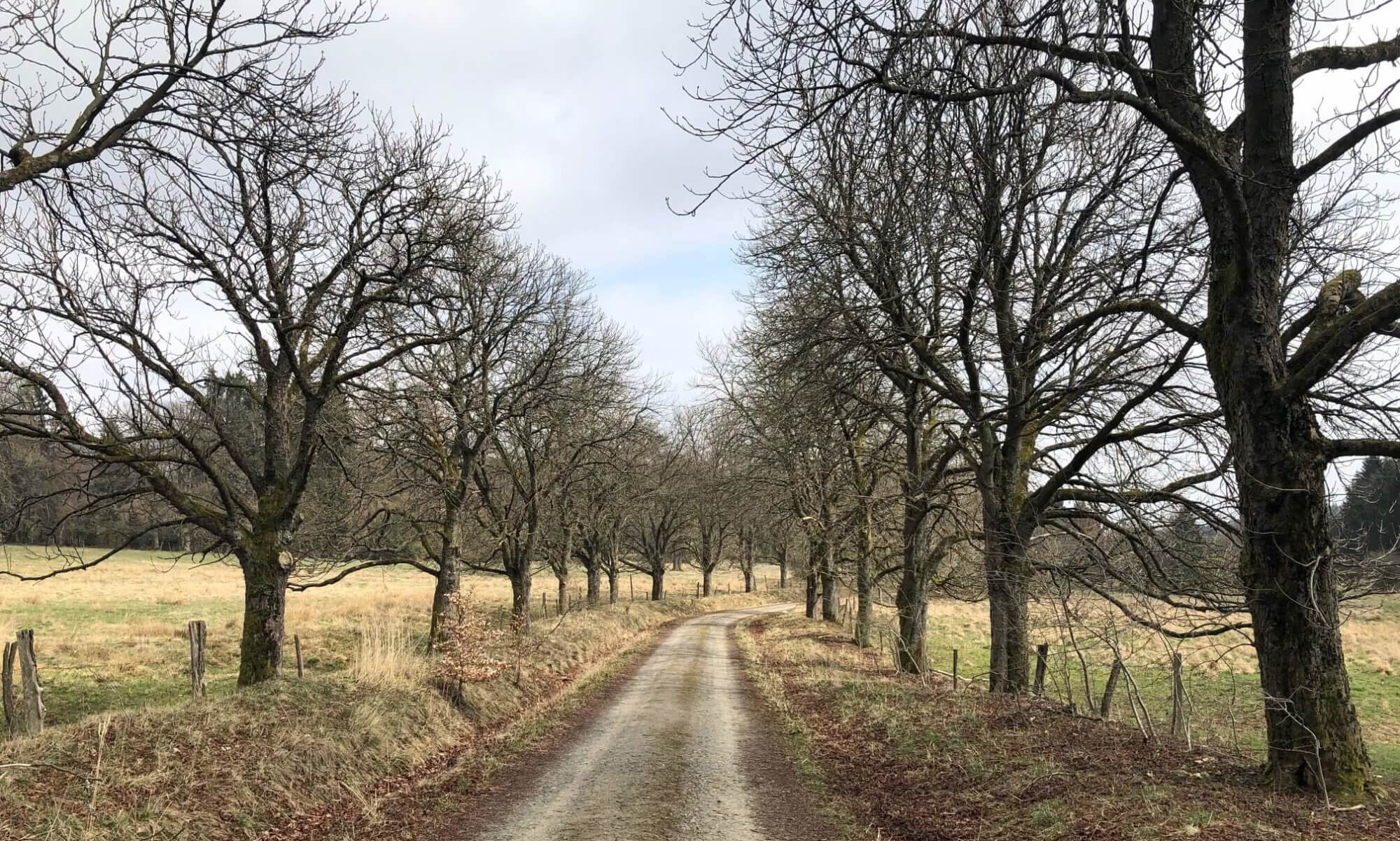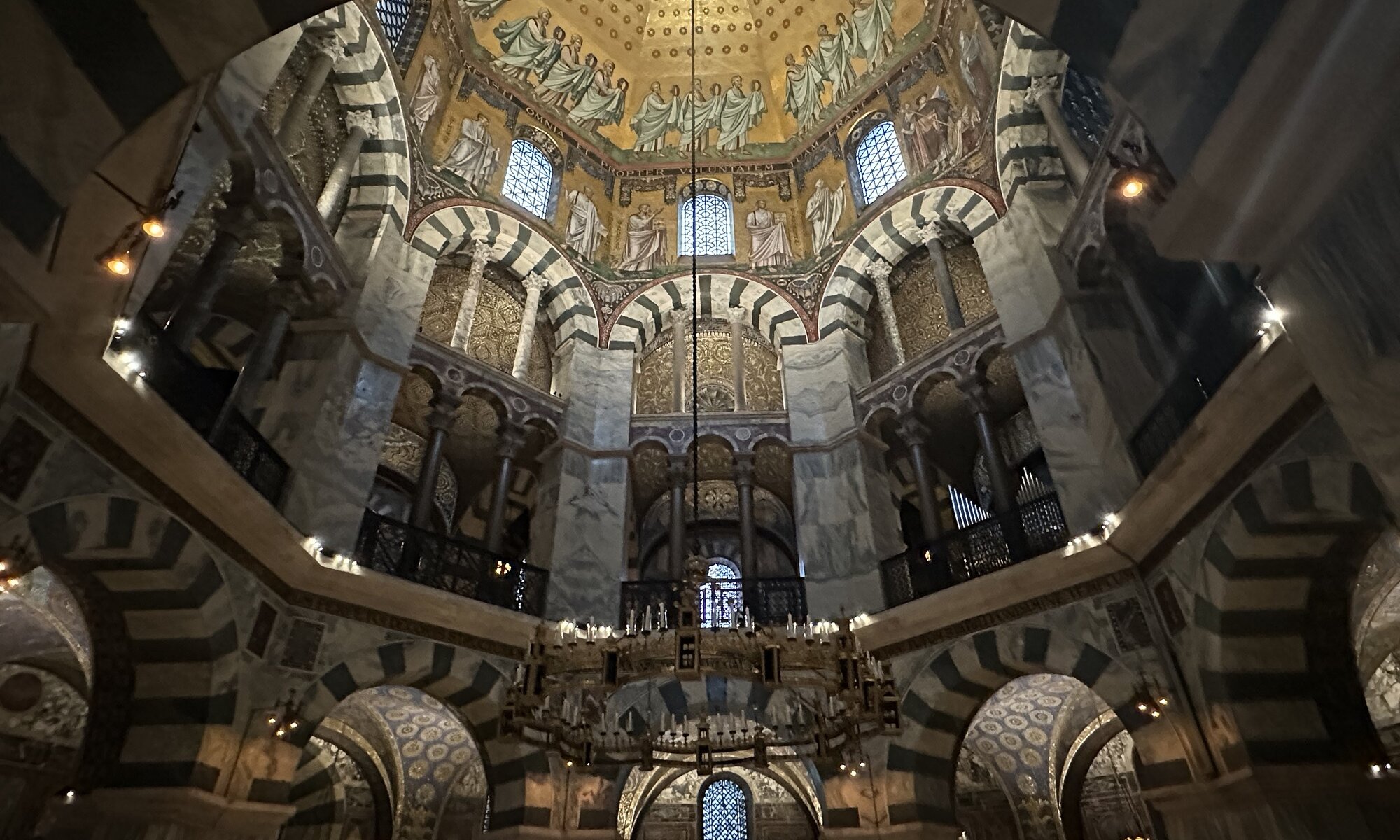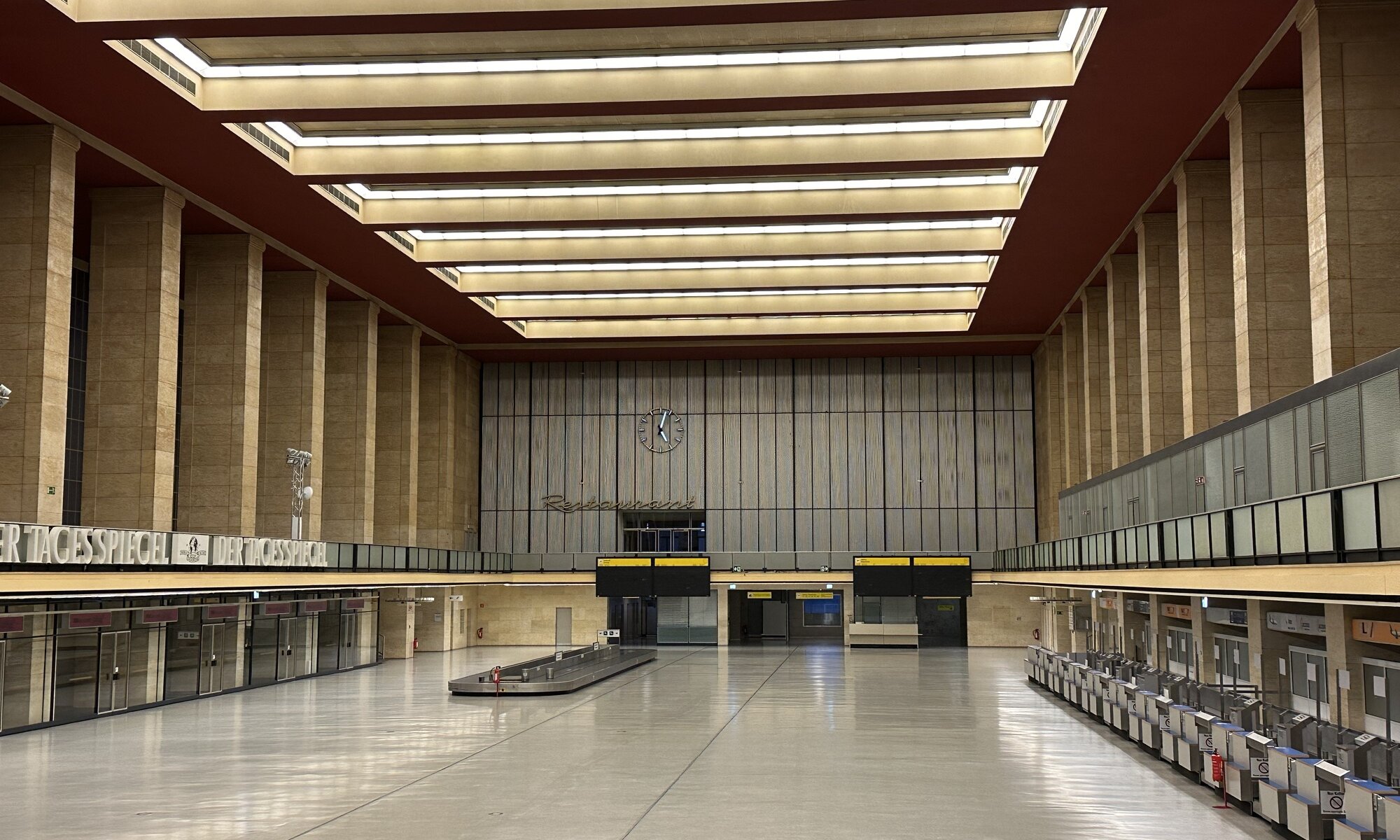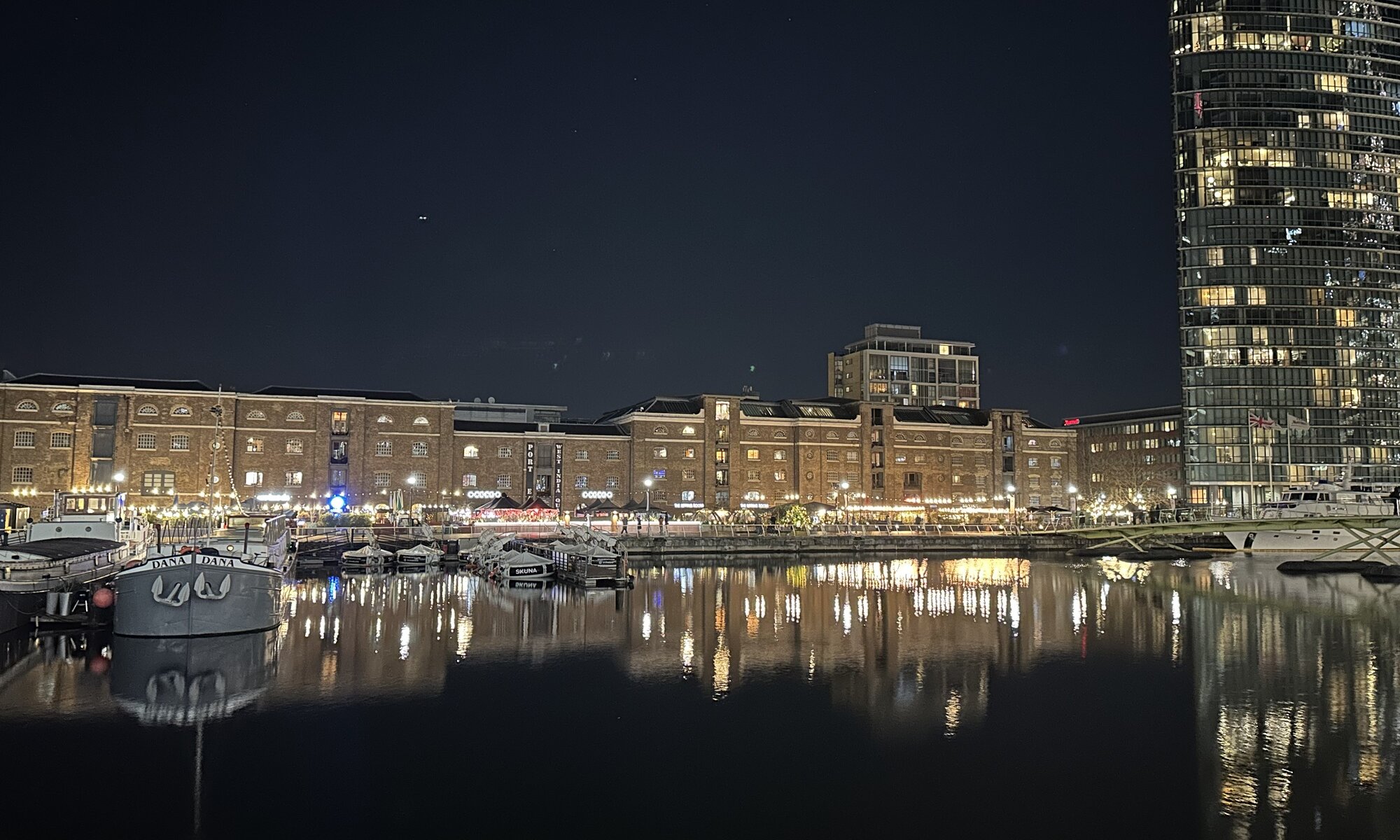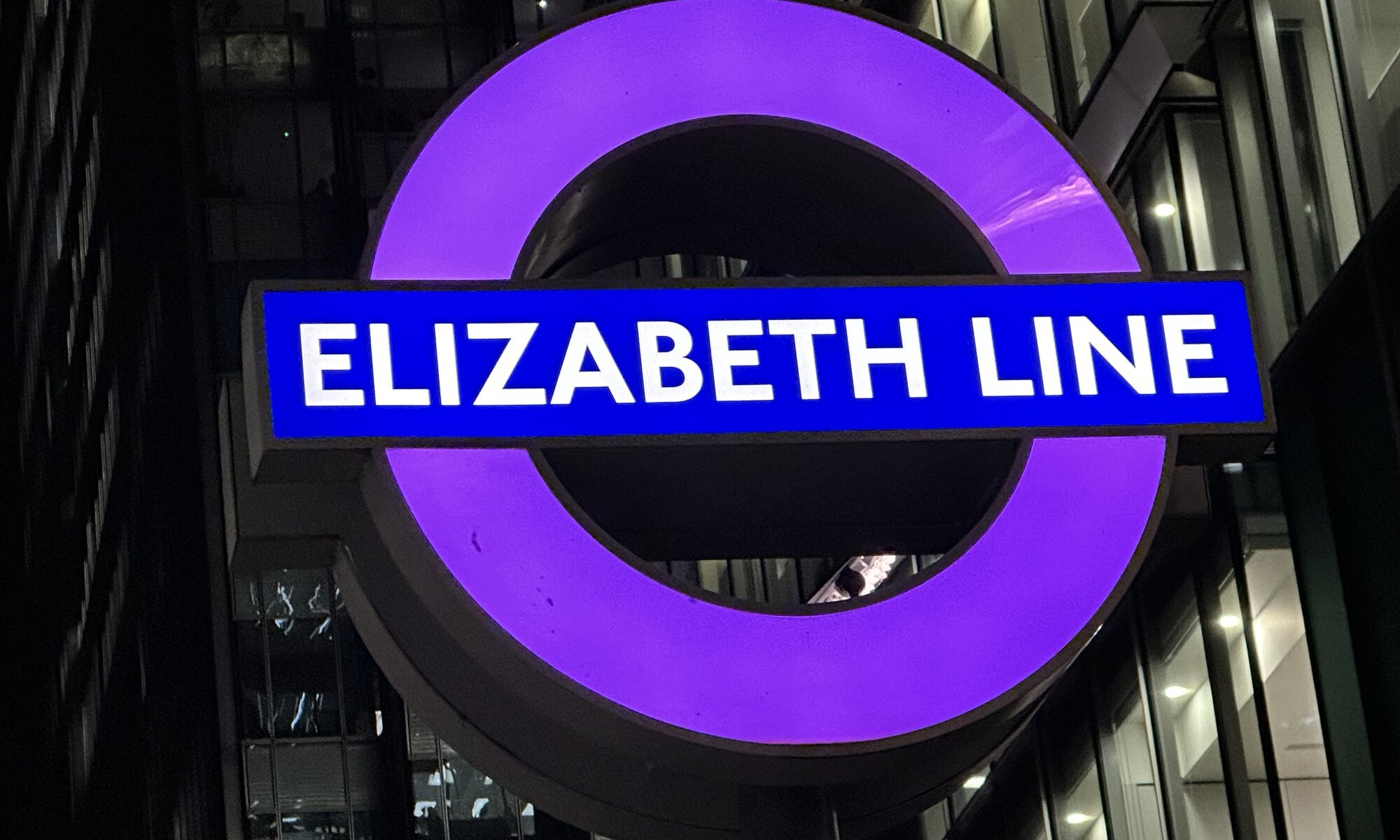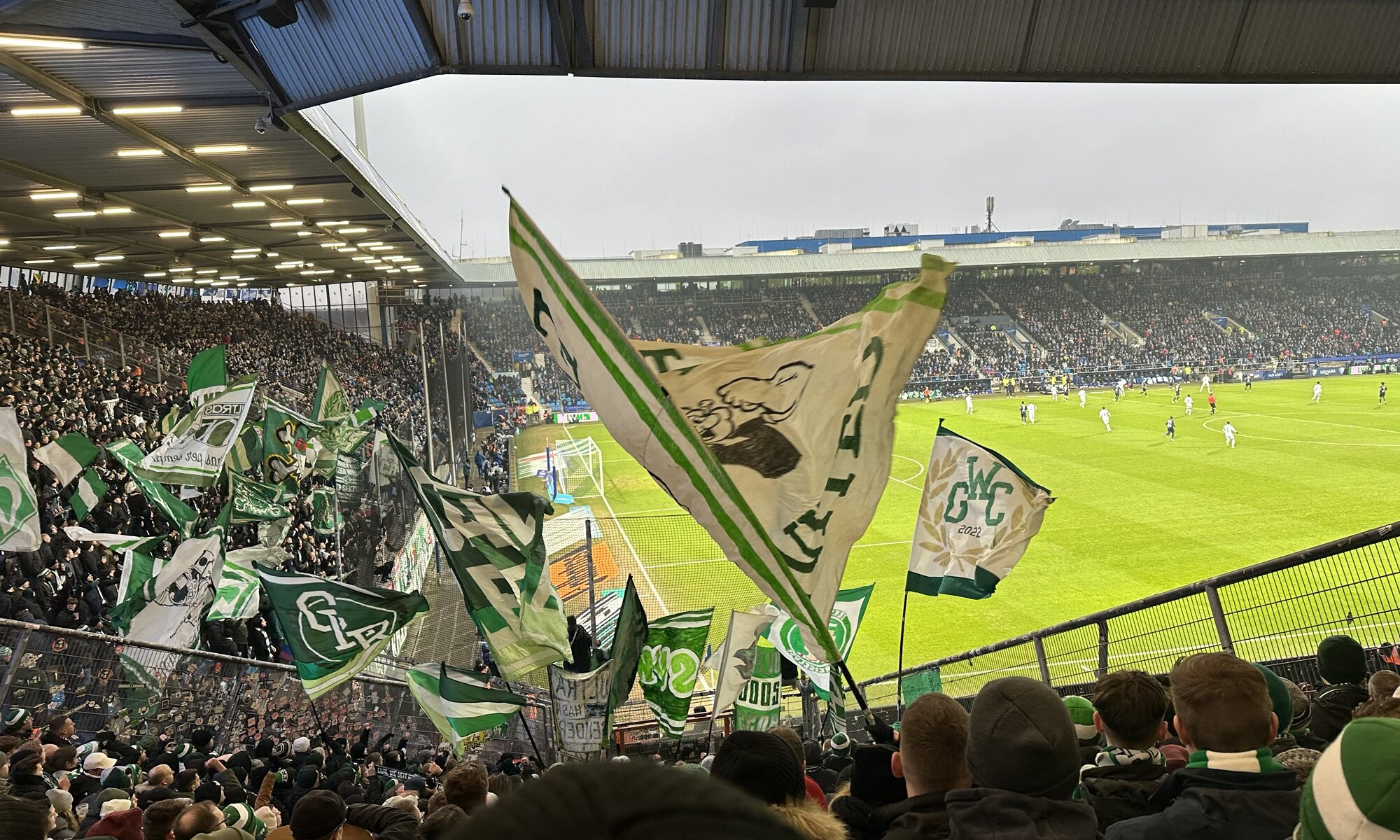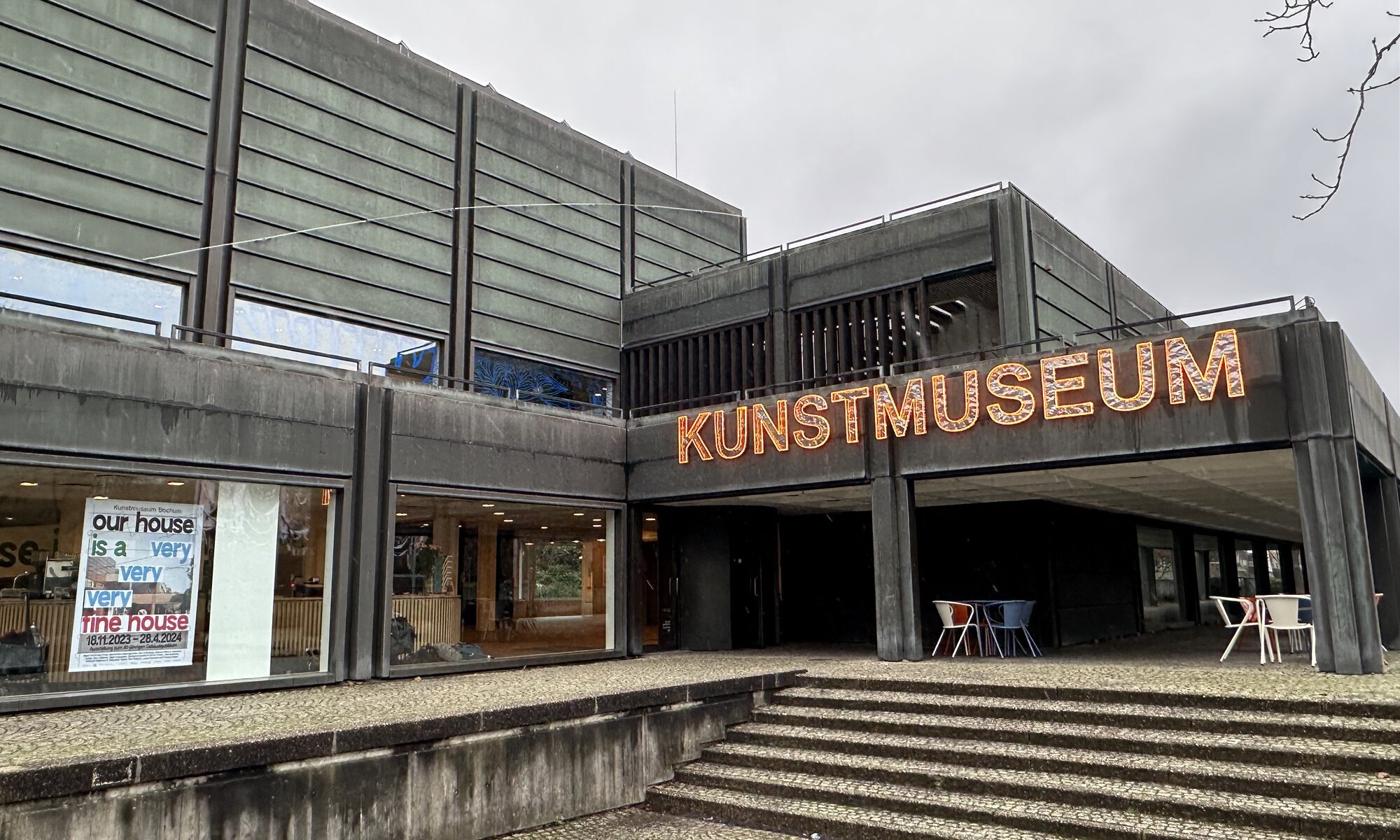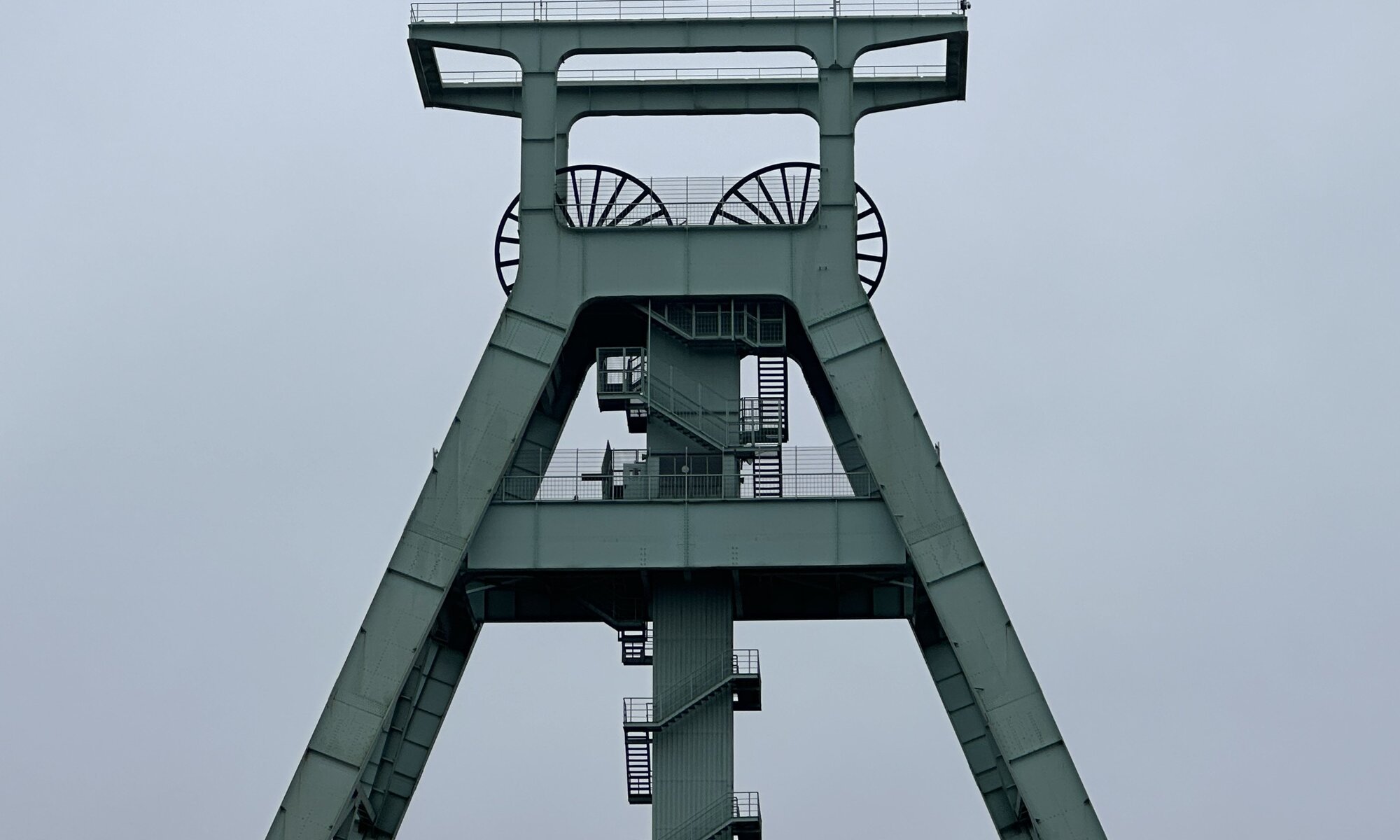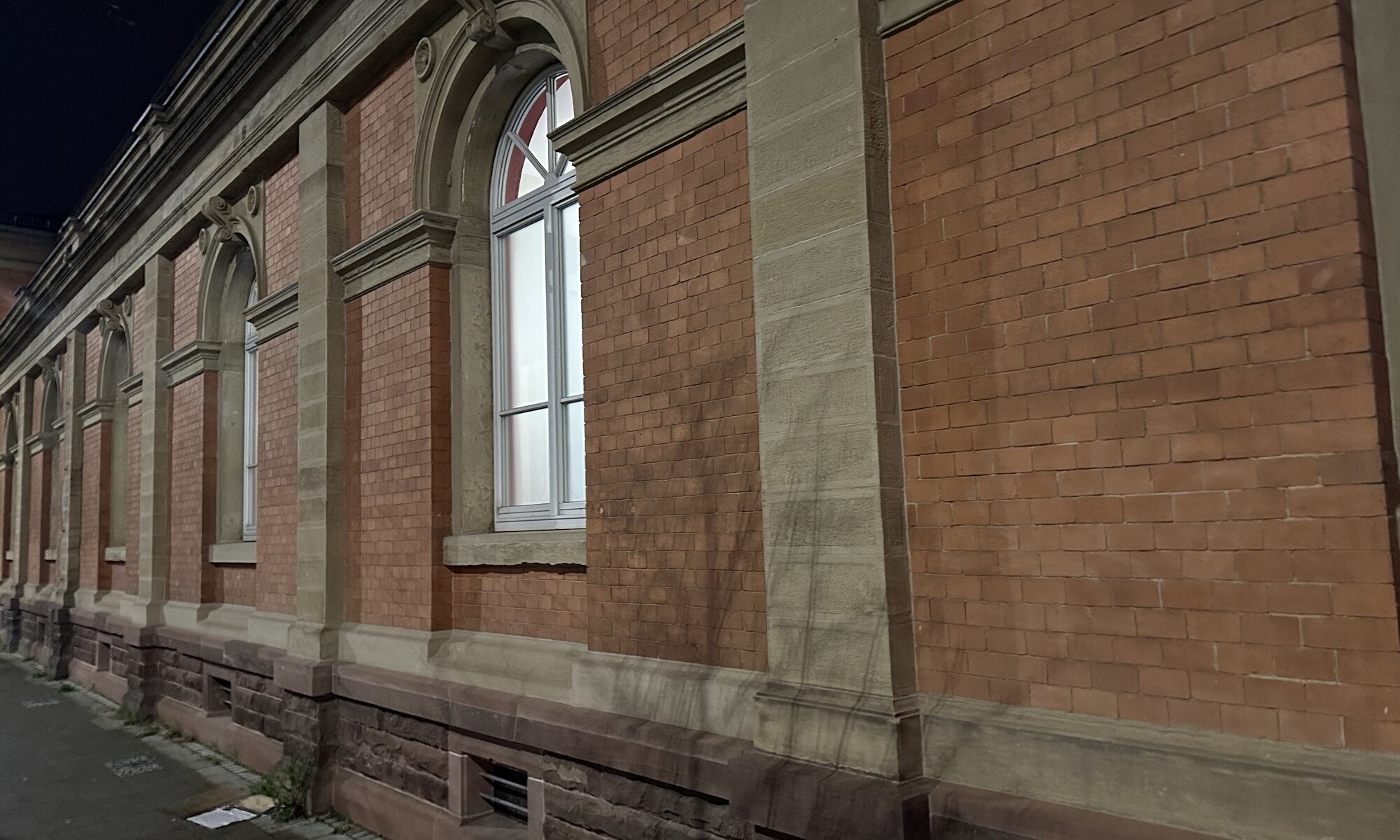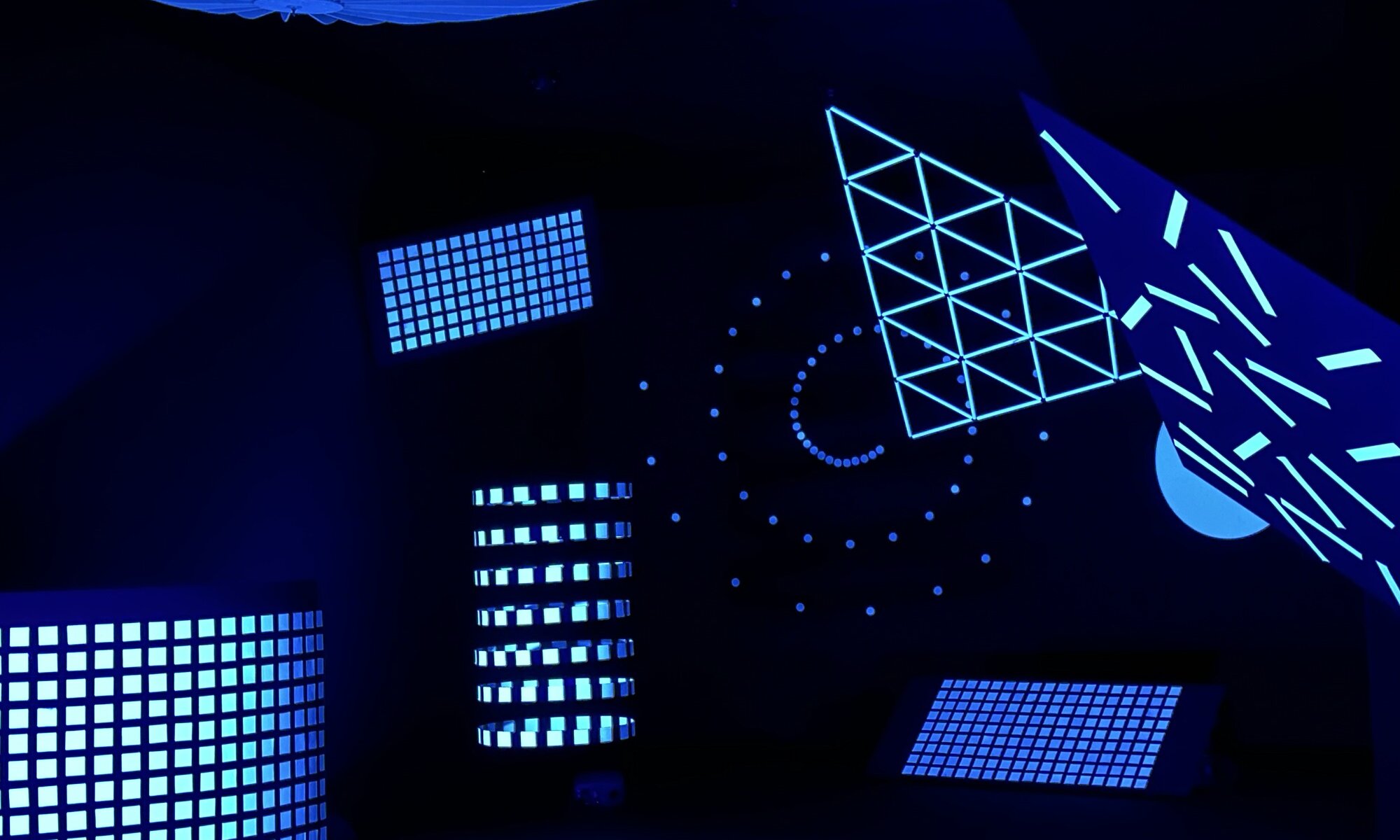The town hall of Aachen is a Gothic style building created in the 14th century as a replacement for the Grashaus. It was built on parts of the former Kaiserpfalz and includes the Granusturm, a tower that was raised by 14 meters. Still today you can see the difference between the older and the newer parts of the tower. A requirement for the design of the town hall building was, that a special room had to be included: a hall for the coronation feast of the Holy Roman Emperors. The coronation happened at the cathedral close by, the feast was held at the town hall – and this hall is still there, used today for the awarding ceremony of the Internationaler Karlspreis zu Aachen.
Continue reading “Karlspreis”Aachener Dom
When in 1978 the UNESCO published the World Heritage Site list for the very first time there was only on entry from Germany: the Kaiserdom zu Aachen. It was created by the order of emperor Charlemagne from 795 on and it was part of his Kaiserpfalz at Aachen. Emperors by that time were continuously travelling and had different palaces in their territory. The most favorite palace of Charlemagne was at Aachen and you can still see that in the beauty of this cathedral.
Continue reading “Aachener Dom”Zentralflughafen
The Tempelhof airport (THF) at Berlin was one of the earliest public airports at Germany operating between 1923 and 2008. During this time it was continuously extended and was ahead of its time: with hotels, restaurants and a subway stop directly next to it. Today it is replaced by the new Berlin airport (BER), the historic building is used for offices and the former airfield is now a vast park known as the Tempelhofer Feld, larger than the country San Marino. Additionally you can book guided tours at the former airport to experience the special architecture.
Continue reading “Zentralflughafen”Canary Wharf
Within the Docklands in the East of London you can find the shiny modern city quarter Canary Wharf, named like this because it was once used for trading with the Canary Islands. On the Isle of Dogs surrounded by river Thames you can find some of the highest towers of the United Kingdom. Many banks are now settled here, making the area a rival to the historic financial center at the City of London.
Continue reading “Canary Wharf”Crossrail
I hadn’t been to London for over four years and when I headed through the underground of the Heathrow airport towards the Heathrow Express I noticed a major change in public transport: the tracks used by the high-speed train to Paddington are now also used by the new Elizabeth Line colored in purple. The new line was created in a project called Crossrail, because it is a connection from East to West throughout the city – opened in autumn 2022.
Continue reading “Crossrail”Ruhrstadion
The soccer stadium of Bochum is known as the Ruhrstadion or Stadion an der Castroper Straße and is home to the traditional club VfL Bochum (the VfL stands for ‘Verein für Leibesübungen‘ which translates to ‘association for physical exercise‘). The club was created in 1848, the stadium was opened in 1911 – but it was altered and extended several times since then. The Ruhrstadion is pretty close to the city center of Bochum which is pretty much unusual these days; many German stadiums have been shifted out in the past.
Continue reading “Ruhrstadion”Kunstmuseum Bochum
The art museum of Bochum was created as the Städtische Gemäldegalerie already in 1921. After residing in different locations and having exhibition at various places the museum did a restart at the Villa Marckhoff-Rosenstein (built in 1900 for two influential families) in 1960 and this building was extended with a modern building in 1983. Today the modern part is used to exhibit changing exhibitions of modern art.
Continue reading “Kunstmuseum Bochum”Glück auf
Getting to the Ruhrgebiet is always a good opportunity to learn about mining history in Germany. For hundreds of years coal and ore have been gathered here from the ground, driving industrialization and creating a special culture with its own traditions. If you’re interested in modern mining technologies you should visit the Deutsches Bergbaumuseum at Bochum. It is a combination of a classic museum, a research institution and a demonstration site: by elevator you can go down and explore modern mining machinery within a mine.
Continue reading “Glück auf”Vierordtbad
The oldest bathhouse of Karlsruhe can be found close to the congress center and the Zoologischer Stadtgarten in a historic building made of red bricks. It dates back to the year 1873 and was realised with money donated by the banker Heinrich Vierordt. When he died he inherited 60,000 Gulden to the city which were planned to errect a market hall – but the sellers on the market of Karlsruhe protested against.
Continue reading “Vierordtbad”ZKM
At the city quarter Südweststadt of Karlsruhe you can find a vast industrial building that was used as an ammunition factory in the past. Since 1989 it is the home of the ZKM, the Zentrum für Kunst und Medien; a fantastic place that is hard to define: it is a museum, an exhibition hall, a scientific institution, an event location – or an indoor playground for people interested in art and media. It shows contemporary art and it preserves digital art. You can play computer games, discover modern art and explore technology.
Continue reading “ZKM”